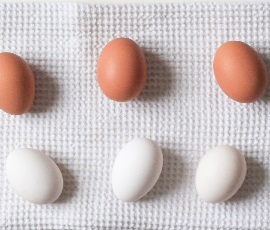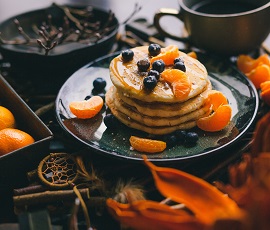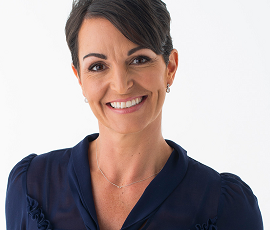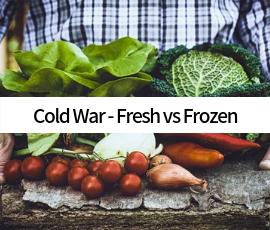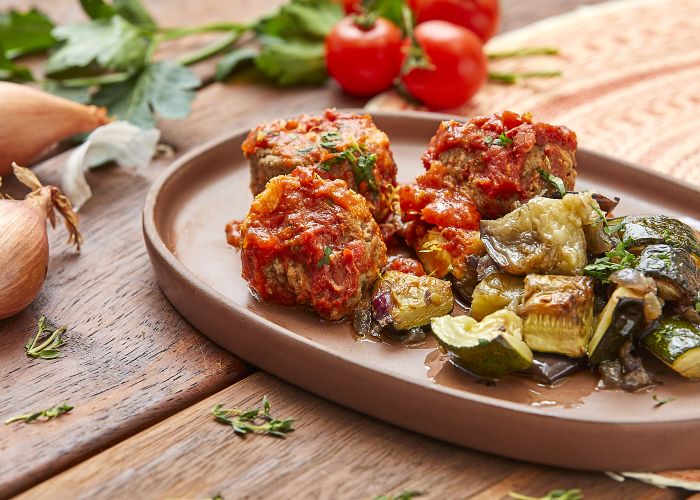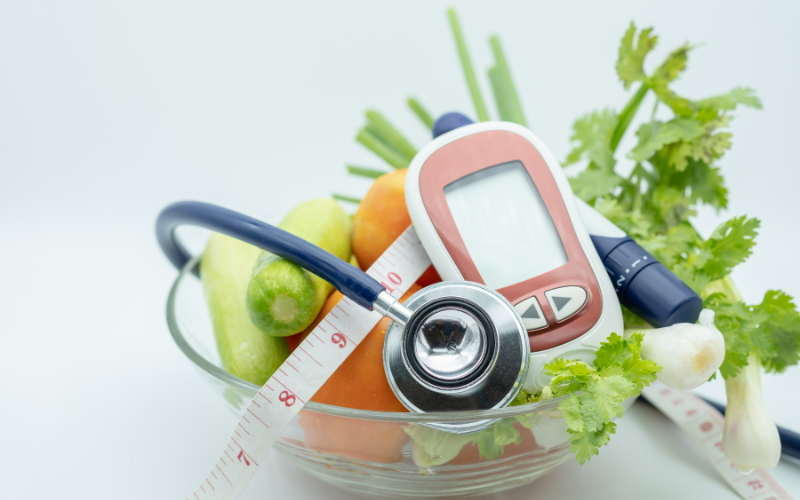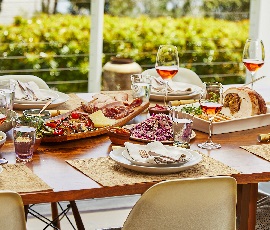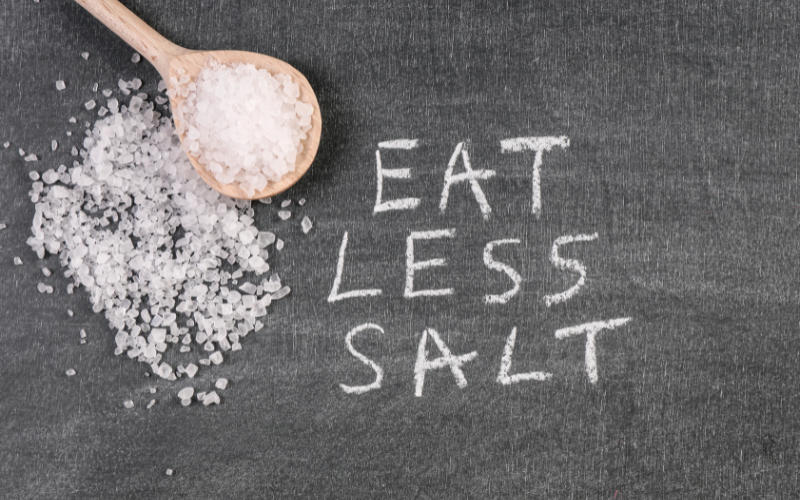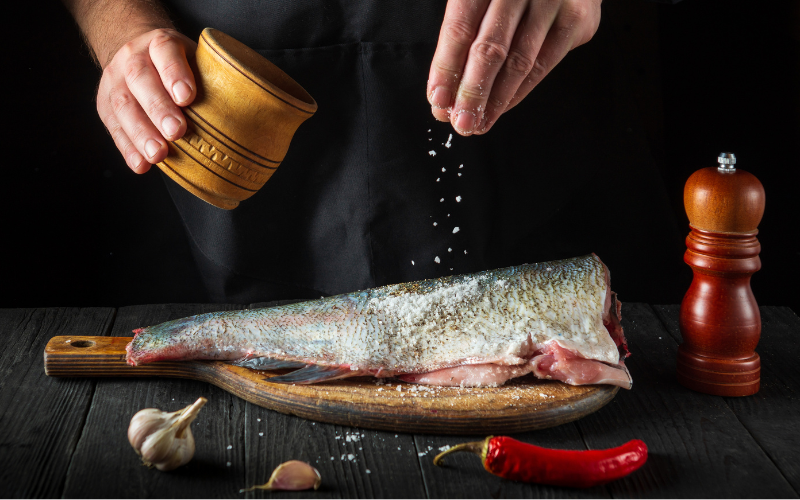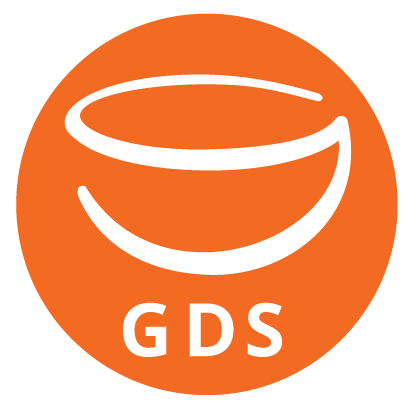Dr. Joanna McMillan: GI? What are good carbs?
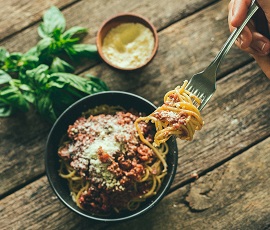
When we classify foods based on how much carbs, fat and protein they contain, is it really helping us determine how healthy they are? In decades past we blamed fat for our expanding waistlines and it became the dietary demon. Out went any food with significant levels of fat and in came a flurry of fat-free and low fat foods to fill our shopping trolleys.
Unfortunately, we threw the proverbial baby out with the bathwater and although going low fat meant no more croissants, pies and chocolate bars, it also meant no nuts, avocado or extra virgin olive oil – all foods that are fabulously nutrient-rich and that are not only good for health but can actually help us to control our weight.
No carbohydrate diet?
Today we are repeating those past mistakes, but in place of fat we now blame carbs. Instead of low fat foods dominating the supermarket shelves, we now have a plethora of low carb foods available to us, with the promise that these can help us to melt away those extra kilos without much effort.
Don’t be fooled. Just as it’s ridiculous to lump all foods containing fat into one basket, it is equally crazy to do the same for carbohydrate containing foods. Your own common sense tells you that a bag of lollies is not the same as a bag of fruit, or that a loaf of wholegrain sourdough is not the same as a white, fluffy burger bun. These foods could not be more different nutritionally and they certainly don’t have the same impact on your health.
The complete nutritional package
The healthfulness of a food is determined by the qualities of the whole food, not simply by one nutrient it contains. The total amount of carbohydrate is important, but it’s only one factor of many. How quickly is that carbohydrate absorbed? How much fibre is present? Fibre is actually carbohydrate too, just types that we can’t break down with our own enzymes. What other nutrients and phytochemicals (think antioxidants and other protective plant chemicals) are present?
We can think of ‘good carbs’ as the carb-containing foods that deliver on all of these factors. They are the foods that have plenty of fibre, helping to slow down the absorption of the carbohydrates present, therefore helping to control blood glucose (sugar) responses. They have a lovely array of vitamins, minerals and phytochemicals. In short they are a complete nutrition package.
What is GI?
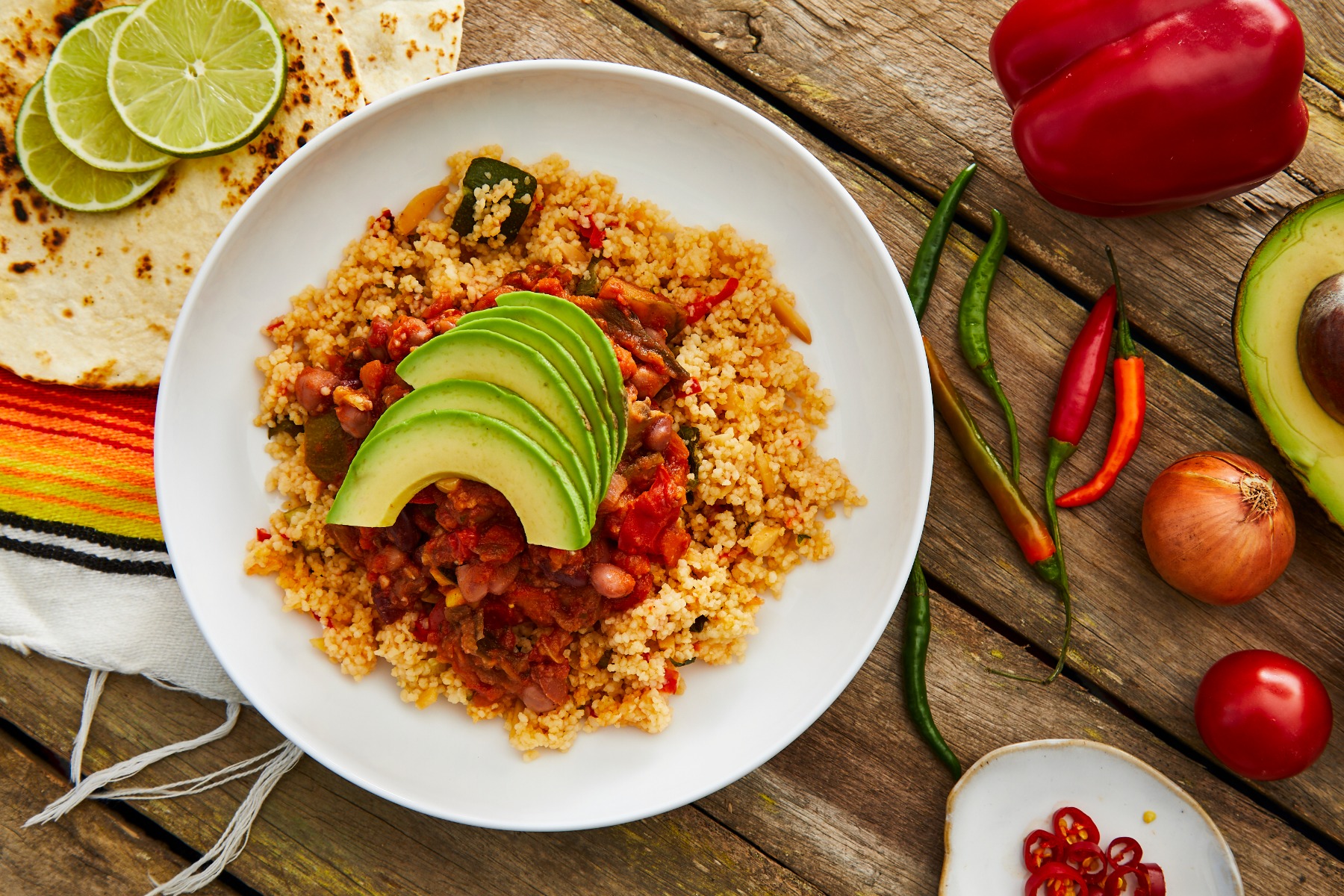
You have no doubt heard of the glycaemic index, or GI for short. This is a useful tool for helping you to identify the good carbs. Foods with a low GI are those that are broken down slowly, allowing the carbohydrate present to trickle up into the bloodstream and allow the body to deal with the incoming glucose at a nice rate.
In contrast, high GI foods are those that are quickly broken down such that blood glucose levels rise rapidly and if your body is not very good at dealing with that incoming fuel, levels can take a while to get back down to the normal range. That is harmful to your health.
The GI however is not the be-all-and-end-all. Just because a food has a low GI does not mean it is healthy. Ice-cream, for example, has a low GI but it also has a lot of added sugar, is packed with kilojoules and not many nutrients. You have to look at the food as a whole and consider the GI as one aspect.
The GI also doesn’t matter too much if there is not very much carbohydrate in a typical serve of the food. Watermelon is a good example here. It has a high GI, but since it is full of water and pretty low in carbohydrate, it really has minimal effect on your blood glucose levels… unless you eat an enormous plate of it! It is also a good source of several nutrients, fibre and phytochemicals. The big picture shows us this is a good food to include on the menu.
The big picture
So, what are good carbs? You really don’t need to think too much about the science behind this. They are essentially whole foods. Fruit (not fruit juice), wholegrains, legumes, and vegies – in essence good quality plant foods. These foods nourish you and they help to fill you up, so that you eat less of the energy-dense, less nutritious stuff. They will help you to lose and maintain a healthy weight.
The carbs to limit are those with too much added sugar, based on white flour and/or heavily processed. They include lollies, milk and white chocolate, pastries, fluffy white bread, fries, crisps, low fibre breakfast cereals, soft drinks and so on. These foods deliver kilojoules without many (and in some cases no) nutrients and are not good for your waistline or your health.
The big picture is that we cannot assess a food by its carb content. So next time you are debating ‘what are good carbs?’ step back and consider the whole food. That will give you your answer as to whether it is a good carb or not.

